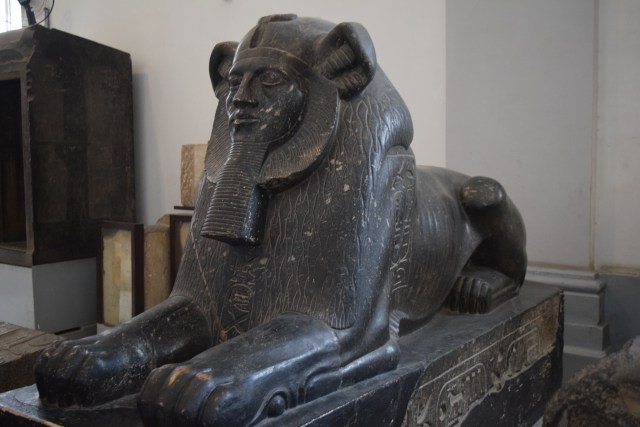No visit to Cairo, Egypt would be complete without making time to tour the Museum of Egyptian Antiquities. As with many other sites in Egypt, having an Egyptologist as a guide is extremely helpful if you want to learn as much as possible during your time in the museum. There are so many items on display within the museum that it can be quite overwhelming. In addition to the sarcophaguses, papyrus hieroglyphs, and pieces of art, there are several dramatic statues housed within the museum.





Obviously, much of the treasures of Egypt can be found in museums throughout the world including the British Museum and the Smithsonian Museum. Even if you have visited one of these other museums and seen the treasures, such as the golden articles found in King Tutankhamen’s tomb, it is certainly worth going to the Museum of Egyptian Antiquities in Cairo. Seeing these artifacts on display in their own country is certainly a source of national pride for Egypt. For years, they have been trying to reacquire as many of the treasures and statues as they possibly can.





To truly enjoy and see a majority of the museum will take you the majority of a full day. At the very least, you should plan on about four hours and that will likely be at a fairly brisk pace.





















